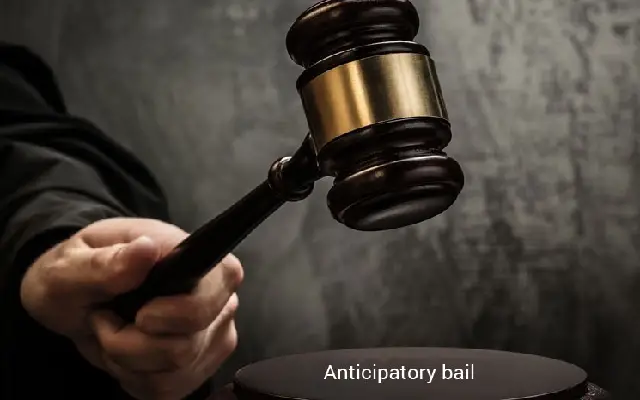Havana: Cuba plunged into nine days of mourning after the death of its revolutionary leader and former President Fidel Castro, who died late on Friday at age 90.
 The 20th century icon’s body was due to be cremated at a private ceremony in Havana on Saturday.
The 20th century icon’s body was due to be cremated at a private ceremony in Havana on Saturday.
Flags are flying at half-mast on government buildings across the island nation as Cubans mourn someone who was a part of their lives for decades.
Castro came to power in 1959 and ushered in a Communist revolution, defying the US for decades.
The leader’s supporters viewed him as a man who stood up to America during the Cold War. His critics called him a dictator.
In Miami, a US city with a large Cuban community, there were celebrations after Castro’s death was announced, with people banging pots and cheering.
The US cut ties with Cuba in 1961 amid rising Cold War tensions and imposed a strict economic embargo which remains in place more than half a century on.
Under President Barack Obama, the relationship warmed and diplomatic ties were restored last year.
A mourning period began on Saturday and will be observed in Cuba until the urn with Castro’s ashes is taken to the south-eastern city of Santiago de Cuba to be laid to rest there on December 4.
A series of memorials will be held in Havana before that and Castro’s ashes will travel along the route of the Caravan of Freedom that took place in January 1959.
Many in Havana were in tears on Saturday, genuinely moved by the loss of a man they consider to have freed their country from Washington’s grasp.
Castro was the longest serving non-royal leader of the 20th Century. He had retired from political life for several years, after handing power to his brother Raul in 2006 because of illness.
Throughout the Cold War, Fidel Castro was a thorn in Washington’s side.
An accomplished tactician on the battlefield, he and his small army of guerrillas overthrew the military leader Fulgencio Batista in 1959 to widespread popular support.
Within two years of taking power, he declared the revolution to be Marxist-Leninist in nature and allied Cuba firmly to the Soviet Union — a move that led to the missile crisis in 1962, bringing the world to the brink of nuclear war before the Soviet Union abandoned its plan to put missiles on Cuban soil.
Despite the constant threat of a US invasion as well as the long-standing economic embargo on the island, Castro managed to maintain a Communist revolution in a nation just 145 km off the coast of Florida.
He maintained his rule through 10 US presidents and survived scores of attempts on his life by the CIA.
He established a one-party state, with hundreds of supporters of the Batista government executed. Thousands of Cubans have fled into exile.

















